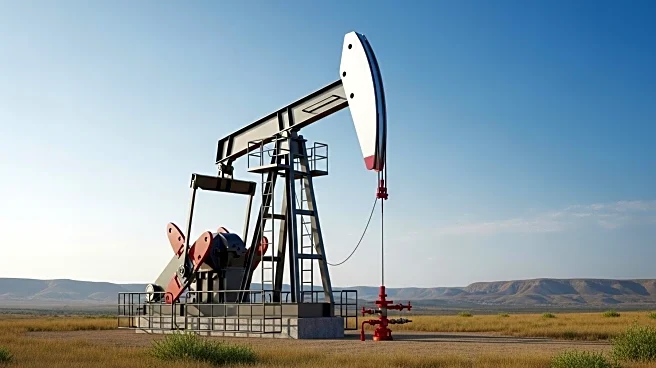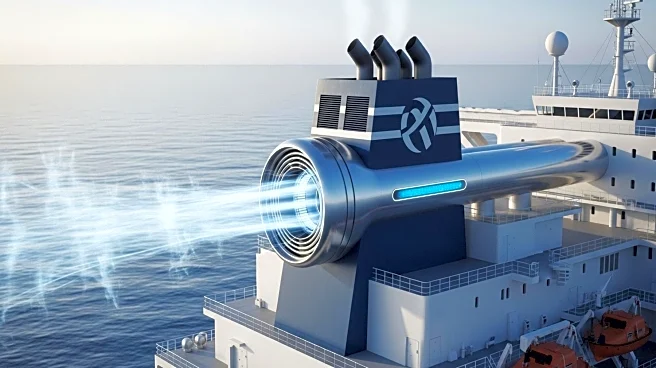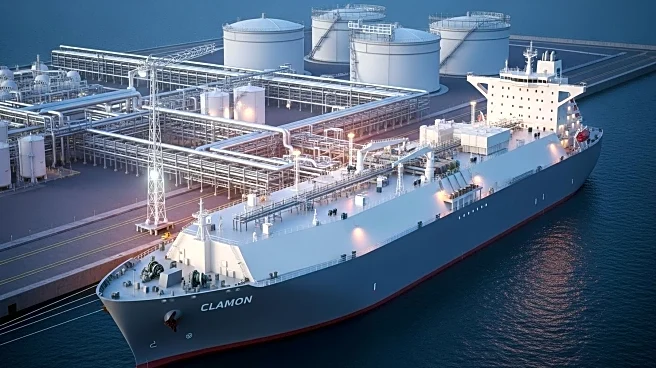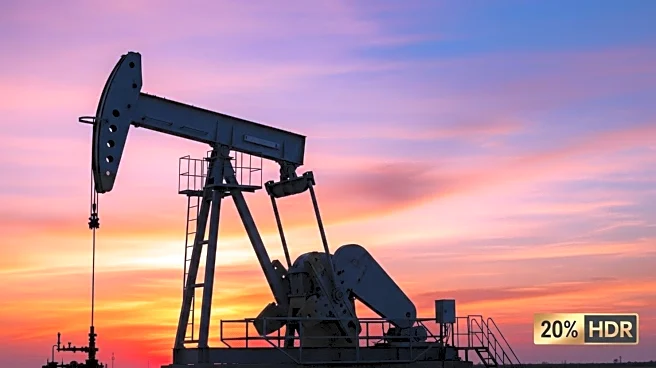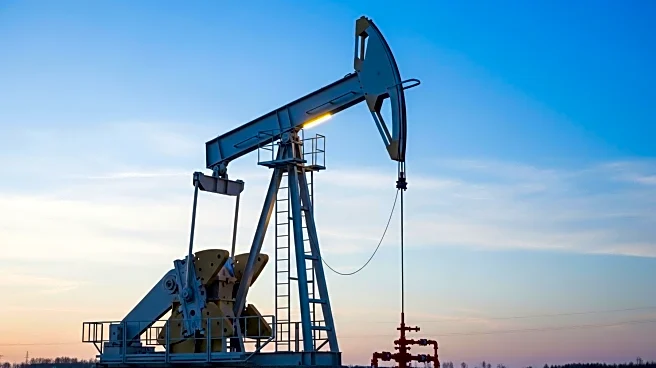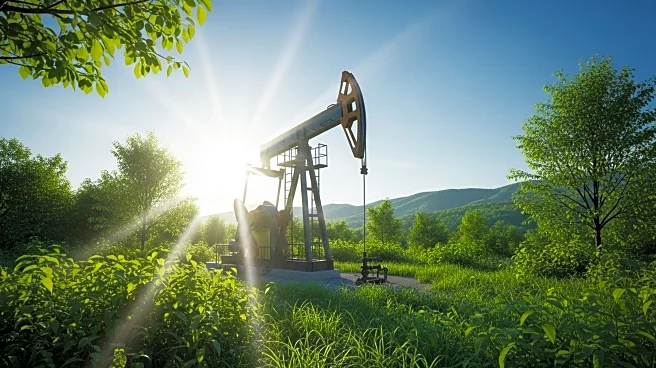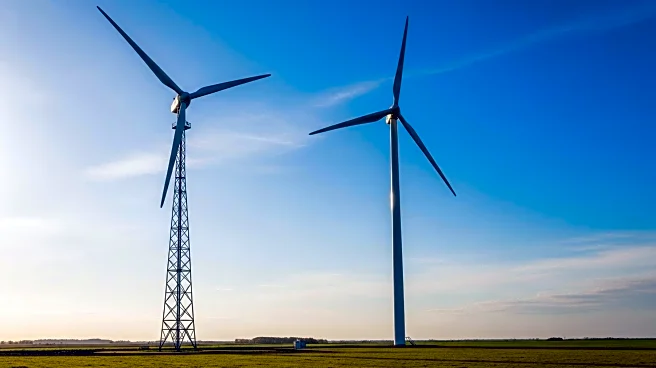What is the story about?
What's Happening?
A new study by S&P Global Commodity Insights reveals that greenhouse gas emissions from the Permian Basin have decreased by nearly 20% since 2022, even as oil and gas production has increased. The reduction in emissions is attributed to advancements in methane detection and mitigation technologies, including the adoption of advanced monitoring systems and artificial intelligence in field operations. Between 2022 and 2024, emissions fell by 25 million metric tons of carbon dioxide equivalent, while production grew by 500,000 barrels per day. The study highlights a significant decrease in methane intensity, which fell by more than 50% during the period.
Why It's Important?
The findings demonstrate a shift towards more sustainable practices in one of the world's most productive hydrocarbon regions. The reduction in emissions while maintaining high production levels suggests that technological advancements can play a crucial role in addressing environmental concerns associated with fossil fuel extraction. This development may influence industry standards and regulatory policies, encouraging other regions to adopt similar practices to reduce their environmental impact.
What's Next?
The integration of real-time emissions data into daily operations is expected to continue driving reductions in greenhouse gas emissions in the Permian Basin. As operators refine their practices, the industry may see further improvements in environmental performance. This could lead to increased investment in emissions reduction technologies and potentially influence global energy markets as other regions seek to replicate the Permian's success.
Beyond the Headlines
The study highlights the potential for artificial intelligence and advanced monitoring systems to transform traditional industries by improving efficiency and reducing environmental impact. This shift may prompt broader discussions on the role of technology in achieving sustainability goals and the need for regulatory frameworks that support innovation in emissions management.
AI Generated Content
Do you find this article useful?
